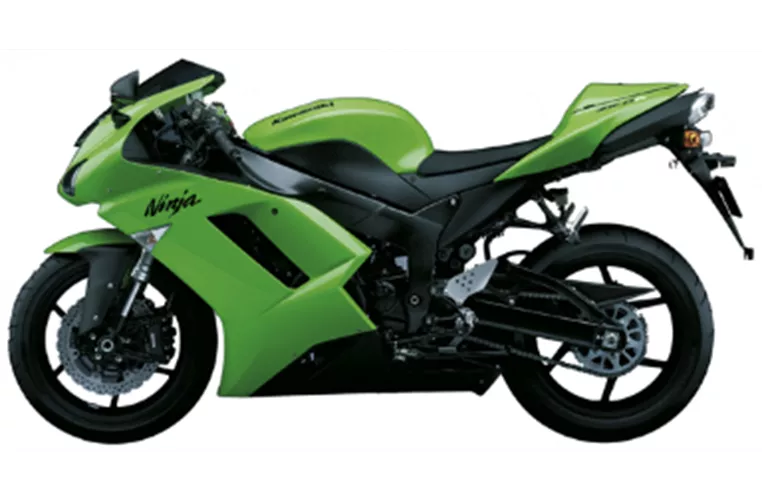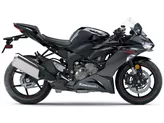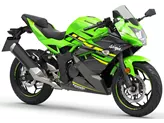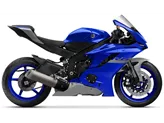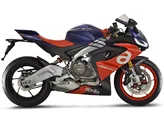Kawasaki Ninja ZX-6R 2008 vs. Yamaha YZF-R6 2007
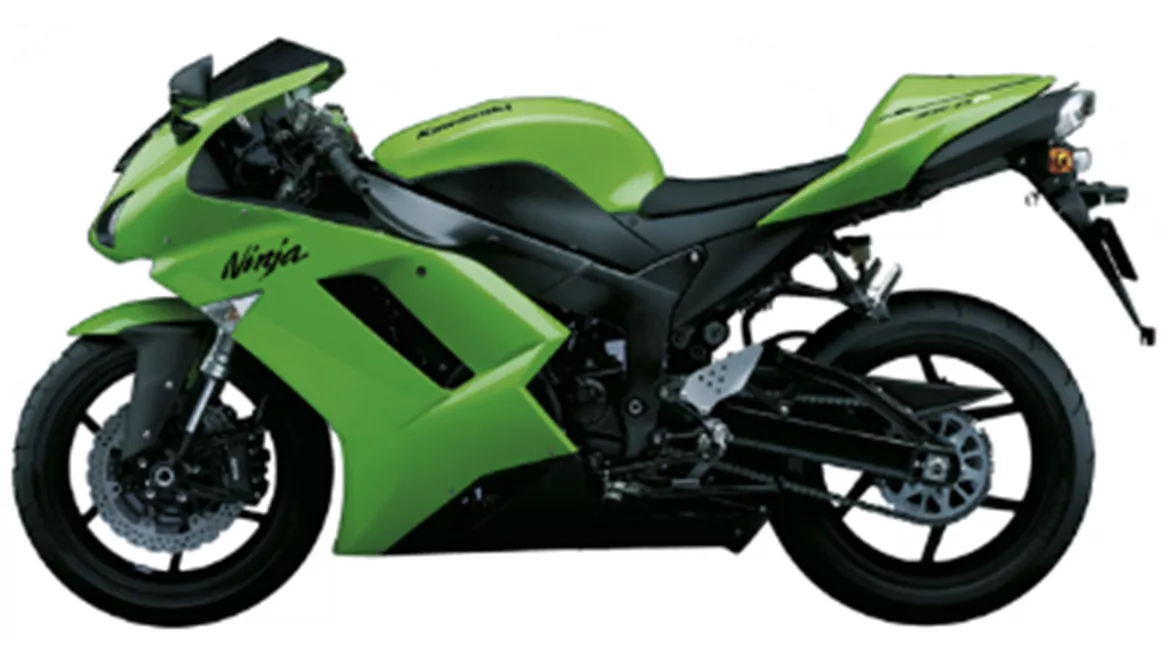
Kawasaki Ninja ZX-6R 2008

Yamaha YZF-R6 2007
Overview - Kawasaki Ninja ZX-6R 2008 vs Yamaha YZF-R6 2007
The Kawasaki Ninja ZX-6R model year 2008 and the Yamaha YZF-R6 model year 2007 are both popular supersport motorcycles known for their performance and agility. While they have many similarities in terms of engine power, cylinders, displacement, and fuel tank capacity, there are also notable differences between the two.
In terms of engine power, the Kawasaki Ninja ZX-6R 2008 boasts 125 HP, while the Yamaha YZF-R6 2007 has 120 HP. This slight difference in power may not be noticeable during regular riding, but it could make a difference in high-speed situations or on the race track.
Both motorcycles have four cylinders and a displacement of around 600cc, which is typical for supersport bikes in this class. This allows for a good balance of power and maneuverability.
When it comes to dimensions and weights, the Kawasaki Ninja ZX-6R 2008 has a slightly longer wheelbase of 1405 mm compared to the Yamaha YZF-R6 2007's 1385 mm. This could affect the handling and stability of the bike, with a longer wheelbase generally providing more stability at high speeds.
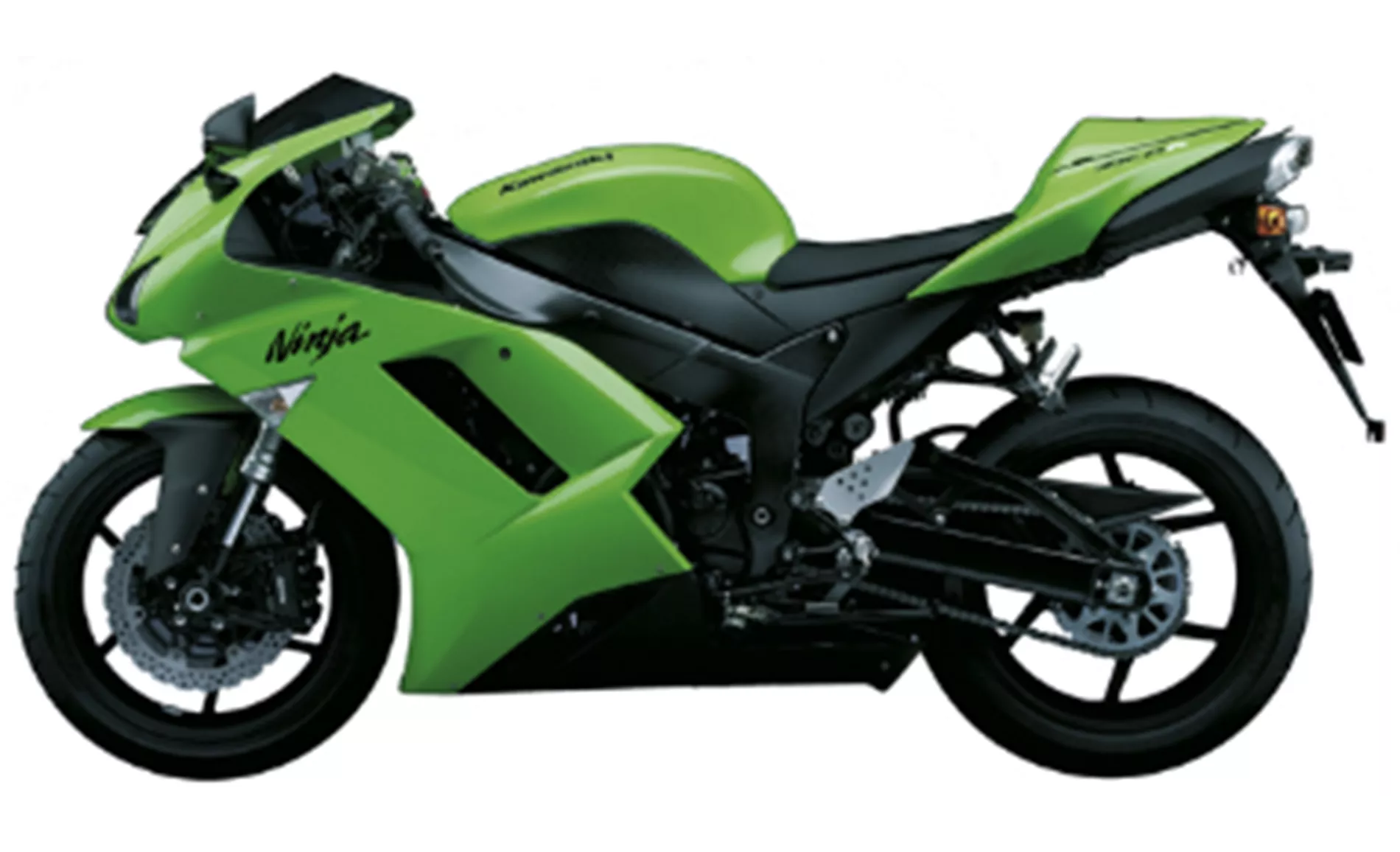
Kawasaki Ninja ZX-6R 2008
The seat height of the Kawasaki Ninja ZX-6R 2008 is 820 mm, while the Yamaha YZF-R6 2007 has a slightly higher seat height of 830 mm. This difference may not be significant, but it could affect the comfort and ergonomics for riders of different heights.
In terms of weight, the Kawasaki Ninja ZX-6R 2008 has a dry weight of 167 kg, while the Yamaha YZF-R6 2007 is slightly lighter at 163 kg. This reduced weight could contribute to better handling and agility on the Kawasaki Ninja ZX-6R 2008.
Both motorcycles have a fuel tank capacity of 17 liters, which is standard for supersport bikes in this class. This allows for a decent range before needing to refuel.
Now, let's look at the strengths and weaknesses of each motorcycle. The Kawasaki Ninja ZX-6R 2008 has the advantage of reduced weight, improved handling, and a more compact layout. It also features an Öhlins steering damper, which helps improve stability and control. Additionally, it offers a comfortable seating position and has impeccable engine tuning.

Yamaha YZF-R6 2007
On the other hand, the Yamaha YZF-R6 2007 has a revised and improved engine, which may provide better performance and responsiveness. It also has an optimal braking system and is known for its very high top speed. The Yamaha YZF-R6 2007 is praised for its easy handling, agility, stability, and precise transmission. It also features an anti-hopping mechanism, which helps prevent rear wheel lock-up during aggressive downshifting.
However, the Kawasaki Ninja ZX-6R 2008 does have some weaknesses. It may exhibit some unsteadiness in the braking zone, affecting stability. The new fork design also brings a disadvantage as tolerances must be maintained over the entire surface of the immersion tube.
Similarly, the Yamaha YZF-R6 2007 has its weaknesses. It is known for its complicated handling, which may require more skill and experience to fully exploit its capabilities. It also has an increased overall weight compared to the Kawasaki Ninja ZX-6R 2008. Additionally, it lacks a steering damper, which could affect stability in certain situations. Some riders may find the aggressive seating position uncomfortable for longer rides.
In conclusion, both the Kawasaki Ninja ZX-6R 2008 and the Yamaha YZF-R6 2007 are excellent supersport motorcycles with their own strengths and weaknesses. The Kawasaki Ninja ZX-6R 2008 offers reduced weight, improved handling, and a comfortable seating position. The Yamaha YZF-R6 2007 has a revised engine, optimal braking system, and high top speed. Ultimately, the choice between the two will depend on the rider's preferences and priorities.
Technical Specifications Kawasaki Ninja ZX-6R 2008 compared to Yamaha YZF-R6 2007
Pros and Cons in comparison
Pros and Cons in comparison
Kawasaki Ninja ZX-6R 2008
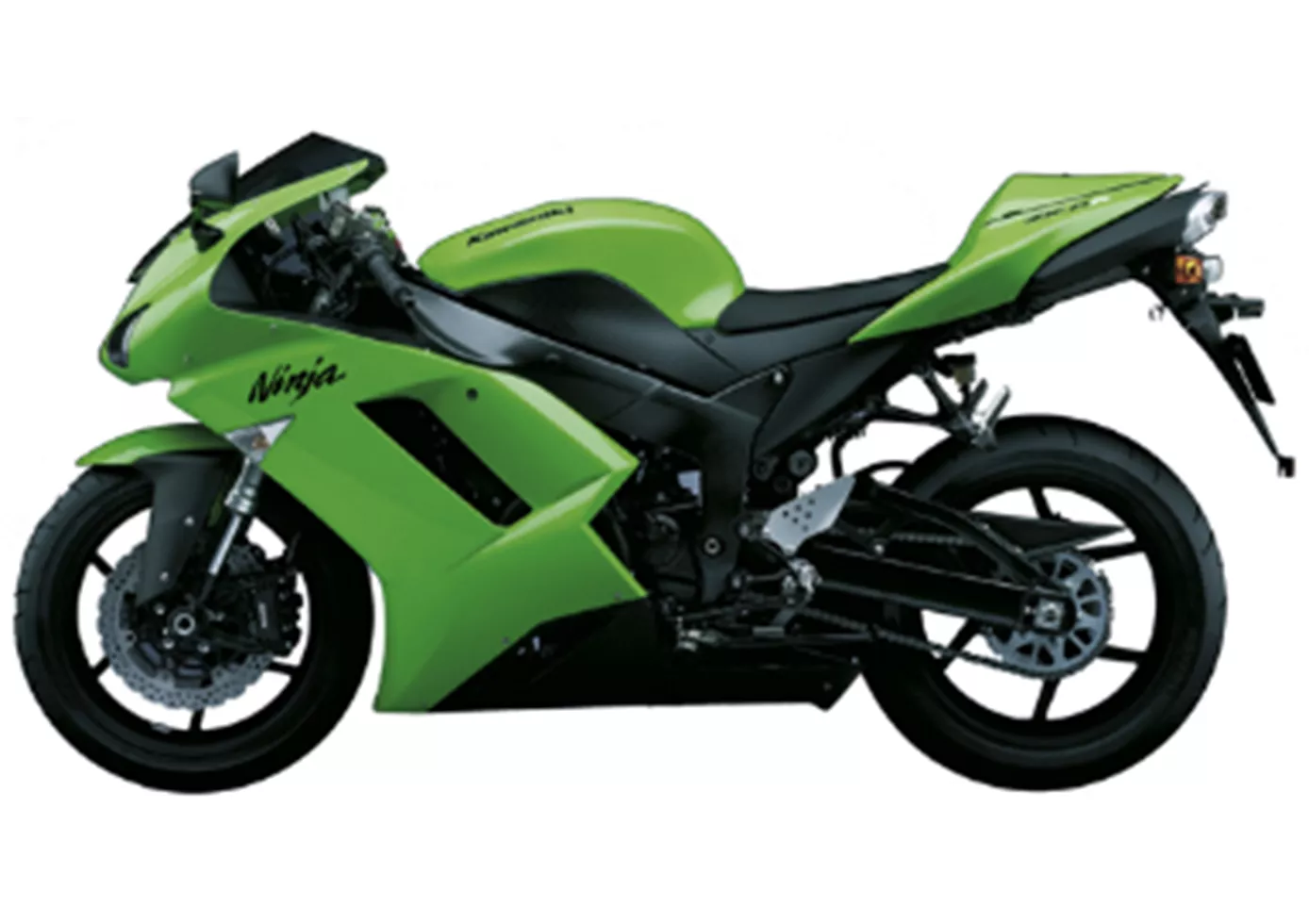
La Kawasaki se montre sensiblement plus souple qu'auparavant. Il ne lui manque absolument rien pour la piste de course. Amortisseur de direction, anti-hopping, châssis, moteur - tout est prêt. La seule différence est que la moto n'est plus aussi stable qu'avant, l'arrière semble plus léger qu'avant dans les zones de freinage.
Yamaha YZF-R6 2007

Dans l'ensemble, la R6 s'est considérablement améliorée par rapport au modèle précédent. Avec une maniabilité parfaite, c'est un grand plaisir d'améliorer son temps au tour à chaque tour.
Price Comparison Avarage Market Price Kawasaki Ninja ZX-6R vs Yamaha YZF-R6
There are a few key differences between a Kawasaki Ninja ZX-6R 2008 and a Yamaha YZF-R6 2007. It takes less time to sell a Yamaha YZF-R6 with 43 days compared to 57 days for the Kawasaki Ninja ZX-6R. Since model year 2005 1000PS.de editors have written 37 reviews for the Kawasaki Ninja ZX-6R and 33 reviews for the Yamaha YZF-R6 since model year 2005. The first review for the Kawasaki Ninja ZX-6R was published on 9/2/2002 and now has more than 5,800 views. This compares to more than 3,600 views for the first review on Yamaha YZF-R6 published on 10/17/2002.
